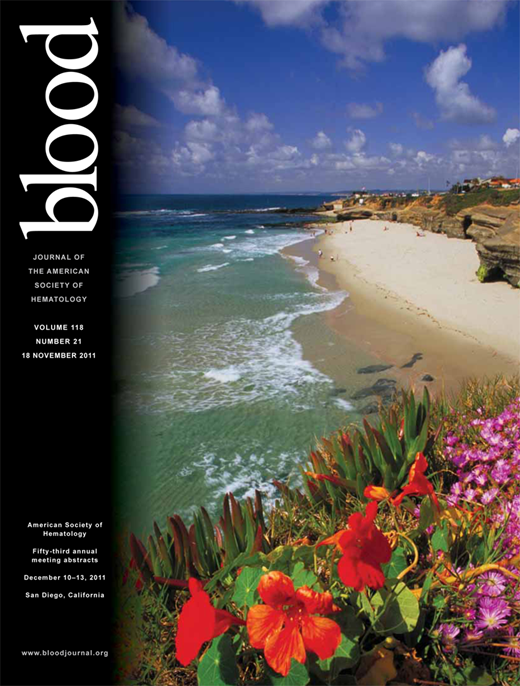Abstract
Abstract 1317
Hematopoietic systems in mouse models have been well characterized based on the defined cell surface markers present on fetal and adult hematopoietic stem cells (HSCs) and their blood derivatives. In humans, by contrast, hematopoietic ontogeny and the subsequent hierarchy have not been determined. Human pluripotent stem cells (ES cells, ESCs and iPS cells, iPSCs) are embryo-type cells and a promising cell source for studying the ontogeny of blood cells within a differentiation system.
We previously established an in vitro co-culture method using C3H10T1/2 mesenchymal stromal cells, whereby vascular endothelial growth factor (VEGF) promotes the appearance of CD34+ hematopoietic progenitor cells (HPCs) from human ESCs or iPSCs (Takayama et al., Blood, 2008; Takayama et al., J Exp Med, 2010). Here we demonstrate that the use of a combination of low oxygen and growth factors is suitable for cells at specific developmental stages that include CD56+CD326- mesodermal progenitors during the early phase (days 0–4), CD34+CD56+CD90+CD105+CD43-KDR- hemangioblasts during the mid-phase (days 5–7), and CD43+ hematopoietic and KDR+ endothelial cells during the late phase (days 8–10).
During mid-phase, application of basic fibroblast growth factor (bFGF, 10 ng/ml) under 1% O2 significantly increased numbers of CD43+ cells by 5-fold, as compared to cells without bFGF under 21% O2. Administration of a MYC inhibitor (50 μM) to cells during the early-phase, and tumor growth factor beta (TGF-beta) receptor inhibitor (SB431542, 10 μM) during mid-phase, also stimulated generation of CD34+CD43+ HPCs (1.5-fold and 3-fold in increase respectively). Notably, although this protocol resulted in a prominent yield of mesodermal progenitors during the early phase and of HPCs during the late phase (which were 50% and 10% of all derivatives from human iPSCs, respectively), this signaling manipulation had the opposite effect at other stages. For example, bFGF or TGFbeta receptor inhibition significantly depressed HPCs during the early-phase.
The signaling modulation and low oxygen conditions in our co-culture system did not require factors known to affect ex vivo human CD34+ HSC / HPC expansion from cord blood cells, which contain stem cell factor, thrombopoietin, FMS-like tyrosine kinase 3 ligand, erythropoietin, interleukin (IL)-3 and IL-6.
Our novel culture protocol implicates new players in the stepwise development from a pluripotent state to blood cell generation. These players appear to be governed by circumstances resembling a developmental niche with lower oxygen conditions.
No relevant conflicts of interest to declare.
Author notes
Asterisk with author names denotes non-ASH members.

